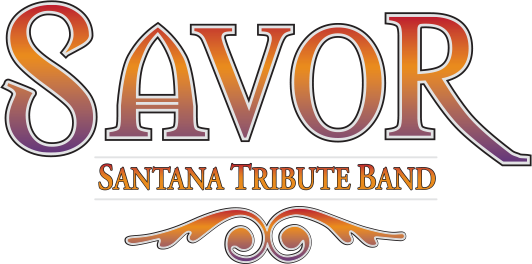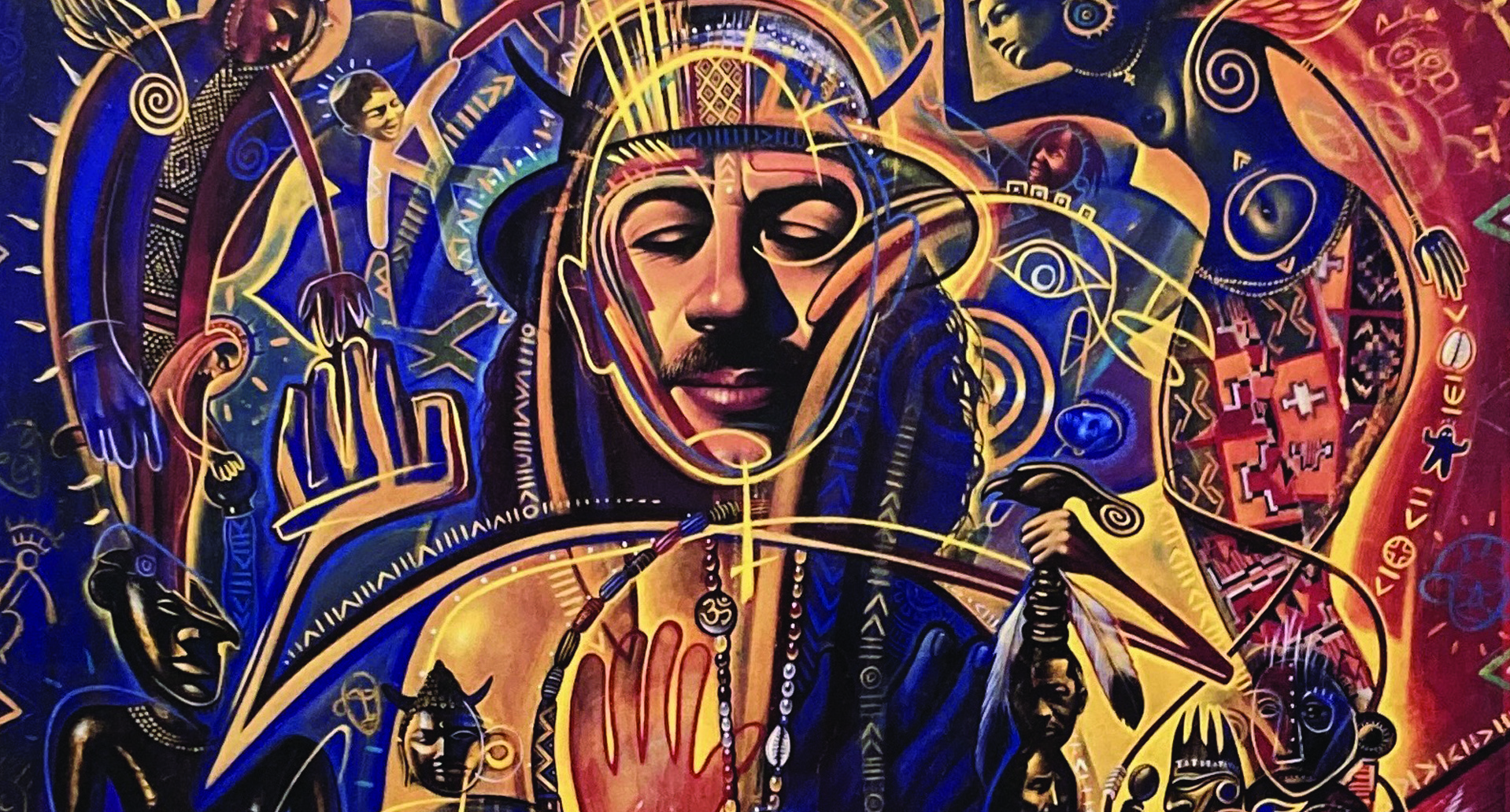Carlos Santana was born on July 20, 1947, in Autlán de Navarro, Mexico. His father, Jose, an accomplished mariachi violinist, introduced Carlos to the violin at the tender age of 5 and then to the guitar at 8. Eventually, Carlos developed a profound passion for the electric guitar, which would come to define his musical career.
In 1955, his family moved from Autlán de Navarro to Tijuana, and later to San Francisco in the early 1960s. Initially, Carlos remained in Tijuana and began performing in strip clubs. During this time, he was heavily influenced by Ritchie Valens, one of the few Latinos in American rock and pop music, as well as other American rock and blues artists. Eventually, he joined his family in San Francisco, graduating from Mission High School and becoming a naturalized citizen in 1965.
The Formative Years of a Guitar Legend
It was in San Francisco that Santana was able to see his idols, most notably B.B. King, perform live. He was also introduced to a variety of new music, including jazz and international folk, and witnessed the blossoming counterculture movement. After several years spent working as a dishwasher and playing for spare change on the streets, Santana formed the Santana Blues Band, with fellow street musicians David Brown and Gregg Rolie in 1966.
Their highly original blend of Latin-infused rock, jazz, blues, salsa, and African rhythms quickly earned the band popularity in the San Francisco club scene. Following an electric performance at Woodstock in 1969, they signed a recording contract with Columbia Records, then run by Clive Davis.
But San Francisco’s booming 1960’s counterculture movement did more than expand Santana’s musical repertoire. It made a profound impact on his political and spiritual views. He once remarked:
“Mahatma Gandhi, Malcolm X, Martin Luther King, Che Guevara, Mother Teresa – they led a revolution of conscience. The Beatles, the Doors, Jimi Hendrix created revolution and evolution themes. The music was like Dali, with many colors and revolutionary ways.”
Santana’s first album, Santana (1969) went triple platinum, selling more than four million copies and remaining on the Billboard charts for more than two years. Abraxas, released in 1970, also went platinum, scoring two more Top 20 hit singles, and was followed by the commercial and critical successes Santana III (1971) and Caravanserai (1972).
However, the band soon clashed over the musical direction and style they should pursue, drug use, and financial problems. By 1973, the band broke up, leaving Santana as the only original member. Santana continued on with a new line up, while collaborating with a number of high-profile musicians.
The Soulful Journey
That same year, Santana became a disciple of the spiritual guru Sri Chimnoy after an introduction by fellow musician John McLaughlin (the Mahavishnu Orchestra). By then, he had become disillusioned with the drug-addled world of the 1970s rock scene, and immersed himself in meditation and spirituality, taking on the name Devadip, which means “the lamp, light and eye of God.”
His newfound spirituality spilled over into his music. Santana began exploring a new musical style: a jazz-rock fusion that included Eastern Indian influences and avant-garde free jazz styled after his idols Miles Davis and John Coltrane. He released a series of albums inspired by the teachings of Chimnoy; Love Devotion Surrender (1973), which he recorded with McLaughlin, Welcome (1973), and the live, high energy album Lotus in 1974. While critically praised, record sales began to plummet, and over the next two decades, Santana’s work became less commercially successful.
In 1982, Santana broke with Chimnoy, after the self-styled guru began making stricter demands, in particular his refusal to let Santana marry his long-time partner Deborah and start a family. But Santana’s connection to spirituality continued, and by the early 1990s he became a born-again Christian. In 1991, Santana left Columbia and signed with Polydor, releasing Milagro (1992) and Sacred Fire: Live in South America (1993).
By then, spirituality and meditation became central to his life, and he began to see himself as a musical shaman whose music offered hope and healing to the world. This culminated in the highly collaborative, award-winning Supernatural (1999), which was both a return to his earlier musical style and a foray into more mainstream friendly pop and rock. Supernatural went on to sell nearly 27 million copies worldwide and earned Santana eight Grammys including Album of the Year.
Santana continued his track record of famous collaborations on his award-winning album with Shaman (2002), another nod to his spiritual transformation. Along with Michelle Branch, he won the Grammy Award for Best Pop Collaboration With Vocals for “The Game of Love.” He further collaborated on All That I Am (2005) with celebrities such as Mary J. Blige, Los Lonely Boys and Steven Tyler. Several other collaborations followed.
Harmony in Action
To this day, Santana continues to record inspiring music, including Africa Speaks (2019), which was inspired by the sounds and rhythms of Africa, and hailed by NPR as his “best record in decades”; as well as the ambitious Blessings and Miracles (2021), one of American Songwriter’s Best Albums of the Year.
When speaking about his latest work, Santana remarked:
His profound spirituality also led to his work as a global activist. In 1998, he founded the Milagro (“Miracle”) Foundation with his then-wife Deborah. The Milagro Foundation is dedicated to supporting vulnerable and underserved children and youth in education, physical and mental health, and the arts. Over the years, the foundation has donated millions of dollars to support these initiatives, demonstrating Santana’s belief in the power of love and compassion to change the world.


